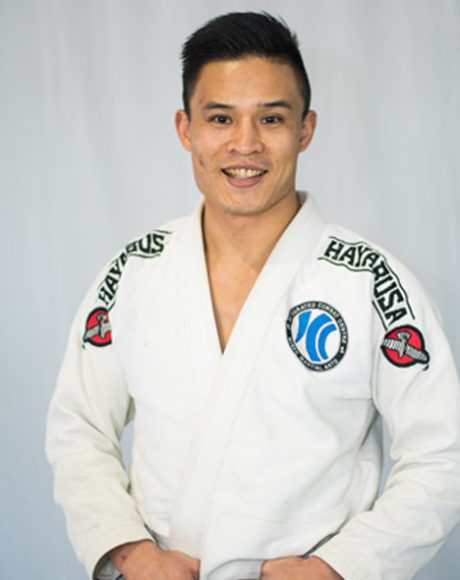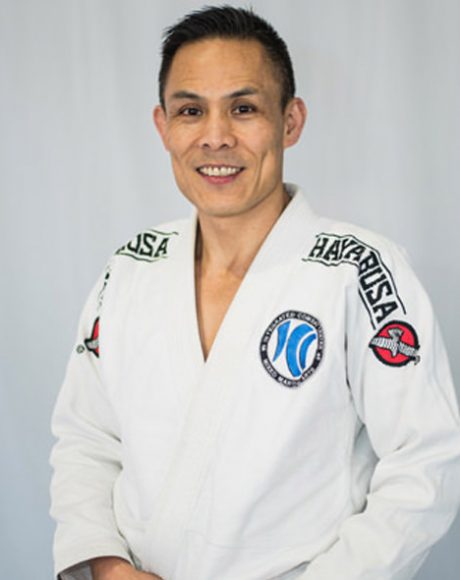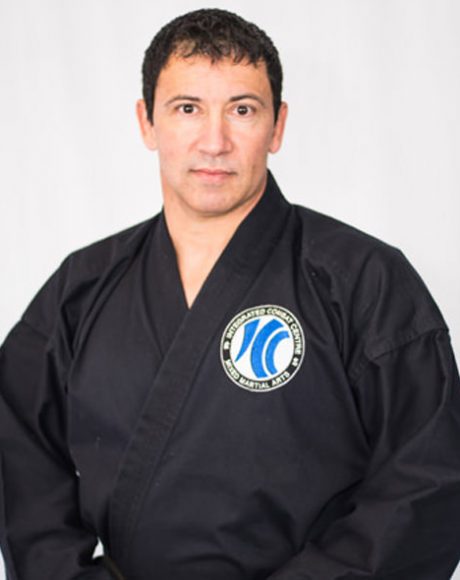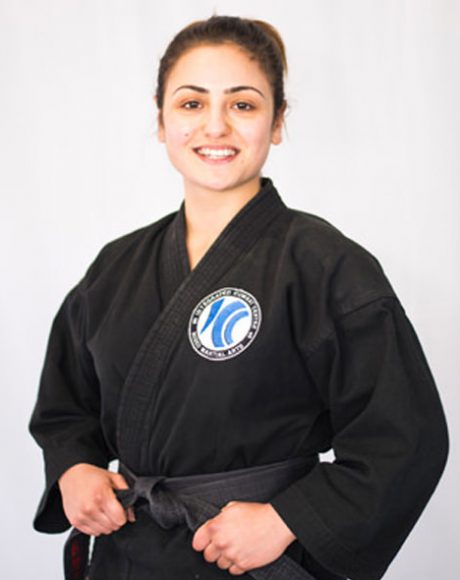Brazilian Jiu-Jitsu vs. Traditional Japanese Jiu-Jitsu – Understanding the Differences
In the world of martial arts, the term Jiu-Jitsu often conjures images of intricate ground techniques, joint locks, and strategic manoeuvres. However, the universe of Jiu-Jitsu is diverse, with Brazilian Jiu-Jitsu (BJJ) and Traditional Japanese Jiu-Jitsu (TJJ) standing as two distinct branches on the martial arts tree. While they share some similarities, there
are some significant differences between them. Read on as we explore the nuanced differences between these two captivating styles.
The Origins
Let’s start at the roots. Traditional Japanese Jiu-Jitsu, often simply referred to as Jiu-Jitsu traces its lineage back to the 16th century samurai of feudal Japan. This ancient martial art encompasses a broad range of techniques, including strikes, joint locks, throws, and grappling, designed for self-defence on the battlefield.
On the other side of the globe, Brazilian Jiu-Jitsu emerged in the early 20th century, born from the evolution of Judo. Brought to Brazil by Mitsuyo Maeda, a Judo master, BJJ found fertile ground and eventually evolved into a distinct martial art. The Gracie family, particularly Helio Gracie, played a pivotal role in shaping and popularizing BJJ as we know it today.
Philosophy and Focus
While both styles share common ancestry, their philosophical underpinnings and primary focuses diverge. Traditional Japanese Jiu-Jitsu is often considered a complete martial art, encompassing a wide range of techniques for both armed and unarmed combat. The emphasis is on practical self-defence in various scenarios, from standing confrontations to ground encounters.
Brazilian Jiu-Jitsu, however, places a predominant focus on ground fighting and submissions. BJJ practitioners aim to control and submit opponents on the ground using techniques like joint locks and chokeholds. The philosophy revolves around the idea that a smaller, weaker person can successfully defend themselves against a larger, stronger opponent through leverage and technique.
Training Methods
The training methodologies in these two styles also showcase marked differences. Traditional Japanese Jiu-Jitsu often involves a structured curriculum with a diverse range of techniques practiced repeatedly until they become second nature. Training may also incorporate traditional kata (pre-arranged forms) to reinforce techniques.
In contrast, Brazilian Jiu-Jitsu is more free-form and places a strong emphasis on live sparring. BJJ practitioners engage in live, resistance-based training to test and refine their techniques against a fully resisting opponent. This live sparring element is a cornerstone of BJJ training and allows practitioners to develop a deep understanding of the effectiveness of their techniques.
Uniform and Belt System
The uniform, or gi, is a common feature in both styles, but variations exist. Traditional Japanese Jiu-Jitsu practitioners often wear a gi with wider sleeves and pants, reflecting the art’s diverse range of techniques. Brazilian Jiu-Jitsu gis typically have a more streamlined design, reflecting the sport’s focus on ground grappling.
Additionally, the belt systems in the two styles differ. While both follow a coloured belt system to signify rank, the progression criteria and the time it takes to achieve each belt can vary significantly between TJJ and BJJ.
Competitions
Both TJJ and BJJ have their own competitions, but they differ in some respects. TJJ competitions often include strikes and throws, while BJJ competitions focus on grappling and ground fighting. BJJ competitions also have more weight classes and more opportunities for competitors to earn points for various positions and submissions.
In the intricate tapestry of martial arts, the dynamic interplay between Brazilian Jiu-Jitsu and Traditional Japanese Jiu-Jitsu showcases the evolution of techniques, philosophies, and training methodologies. Whether you find yourself drawn to the comprehensive and diverse world of traditional Japanese martial arts or the ground-centric, sport-oriented approach of BJJ, both styles offer unique and enriching paths for martial artists to explore.
If you would like to discover more about BJJ for kids or adults, book a 2-week trial with Integrated Combat Centre today. Book online or call (02) 8974 6607 now.
Give our BJJ program a go and experience the improvements to all of these fields. It is considered to be an excellent first style where the skills are easily transferable.





